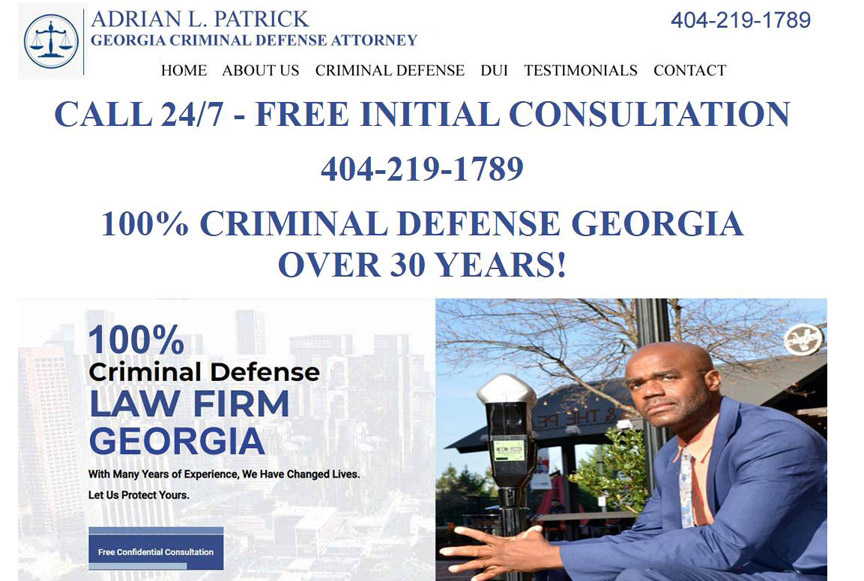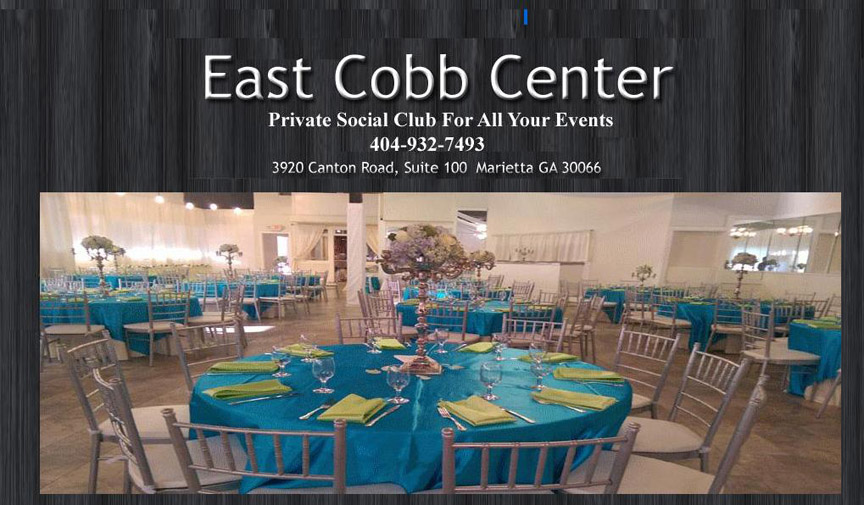
404-216-0621
Please feel free to call 7 days a week
OPEN 7 DAYS A WEEK - - 9AM - 9PM EST
Email us at Larry@OnlineWebSolutions.com

|
Web Design Services |
||
| Strategy & Planning |
||
 We are fully equipped with the most advanced technologies, and create a unique and innovative web user experience that converts visitors into leads. Our strategy team works with the customer to develop the planning on the implementation of the website development project. This step is crucial as we closely focus on achieving the true goals of the customer's website presence and create a unique and innovative web user experience that converts visitors into leads. |
||
| Creative Web Design |
||
 Builds custom & professional, mobile & search engine friendly websites that help you to meet your business objectives. We are a website designing solution provider firm since 1999, having experience of dealing with all kind of website designing, development, redesign, responsive websites and web maintenance services etc while using latest technology tools from small to medium sizes organizations including Government and private corporate sectors. We creates modern, mobile-friendly websites using latest trends and industry standards in the website UI/UX design and programming. |
||
| Responsive Websites |
||
 Responsive web design became vital in not only SEO but also in building a consistent brand image and getting a cut in the ever-growing mobile user market. Responsive website designs proven to increase leads and sales. Our team creates professional and responsive web experiences while using the latest development technologies, ensuring to fit on all machines by adjusting resolution, image size and scripting and display on mobile, desktop and tablets efficiently. |
||
| Website Redesign |
||
 Website is your marketing asset and showing your business image but it’s not enough to just have one, if it's not churning out leads and sales, you need a redesign. A website redesign is a necessity and our award-winning design team will provide you with outstanding results. We can re-design all related issue of your website such as functionality issues, outdated design, navigation, outdated content and re-branding etc with the evolving industry, technology, and customer demands. |
||
| Web Maintenance Services |
||
 Our professional team, make web maintenance a simple, stress-free experience while using latest technology. Website maintenance includes revising, editing text, photos, services, products, etc or changing existing web pages to keep your website up to date. How often to update varies greatly from business to business. It can be as little as once every couple of months to as much as daily updating, depending on your needs, whether you’re selling products or services. We have a number of packages that can suit your ongoing web maintenance needs. |
||
| Social Media Marketing |
||
 When it comes to marketing your brand through major social channels, We compared to other social media marketing companies, execute a strategy tailored to your goals. We’ll work with you and your team to construct an irresistible offer around your product or service. Researching audience personas, we’ll put your offer in front of the right customers at the right time. Once your brand has a foundation of trust, you will then be able to reap the rewards through revenue generation, whether your goal is to push traffic to an e-commerce website or to collect viable leads. |
||
| FREE WEBSITE DESIGN 404-216-0621 Please feel free to call 7 days a week at OPEN 7 DAYS A WEEK - - 9AM - 9PM EST Email us at Larry@OnlineWebSolutions.com |
||
View Our Work |
||
|
|
||
|
|
||
 |
||
 |
||
 |
||
 |
||
 |
||
 |
||
 |
||
 |
||
 |
||
 |
||
|
|
||
|
404-216-0621
|
||
|
|
||

